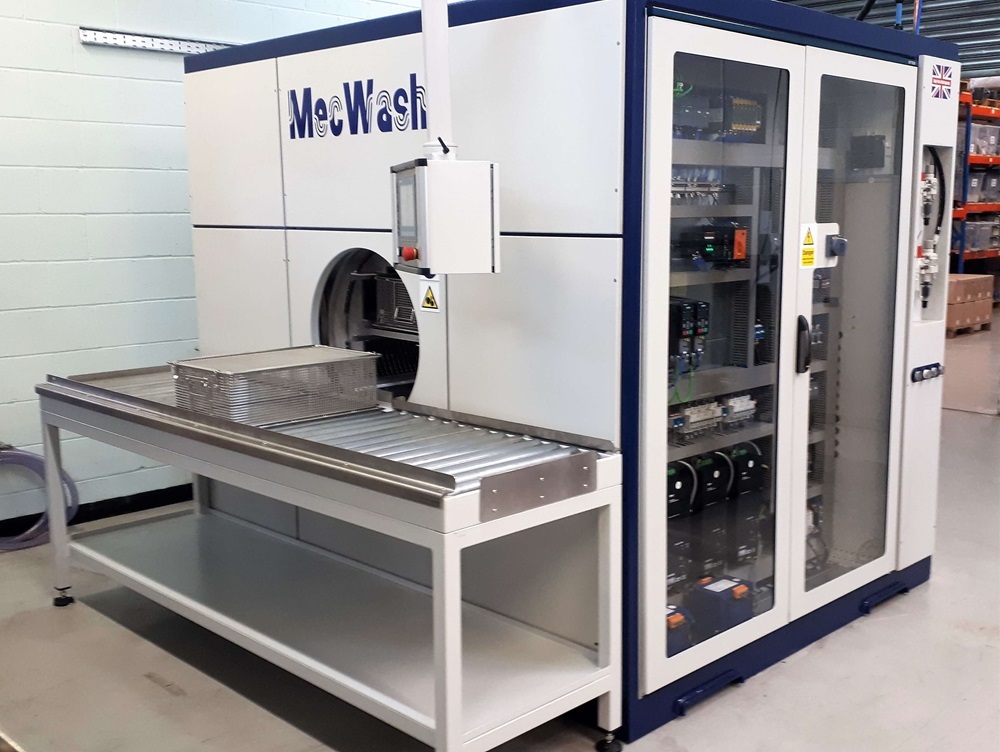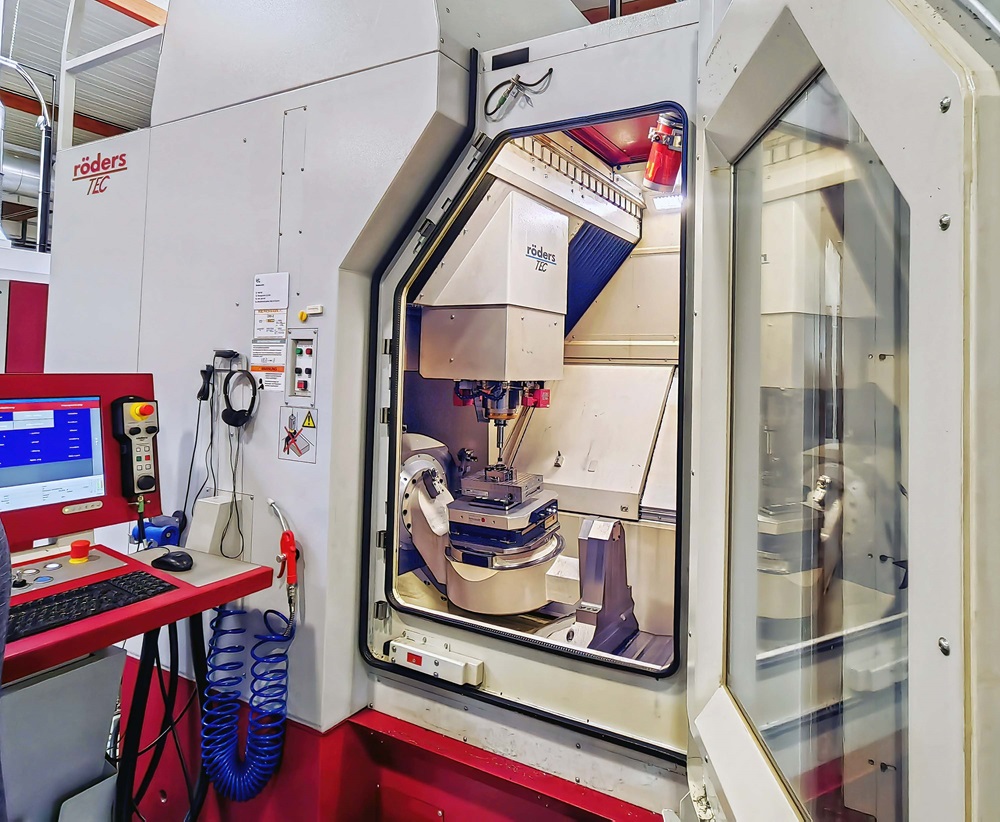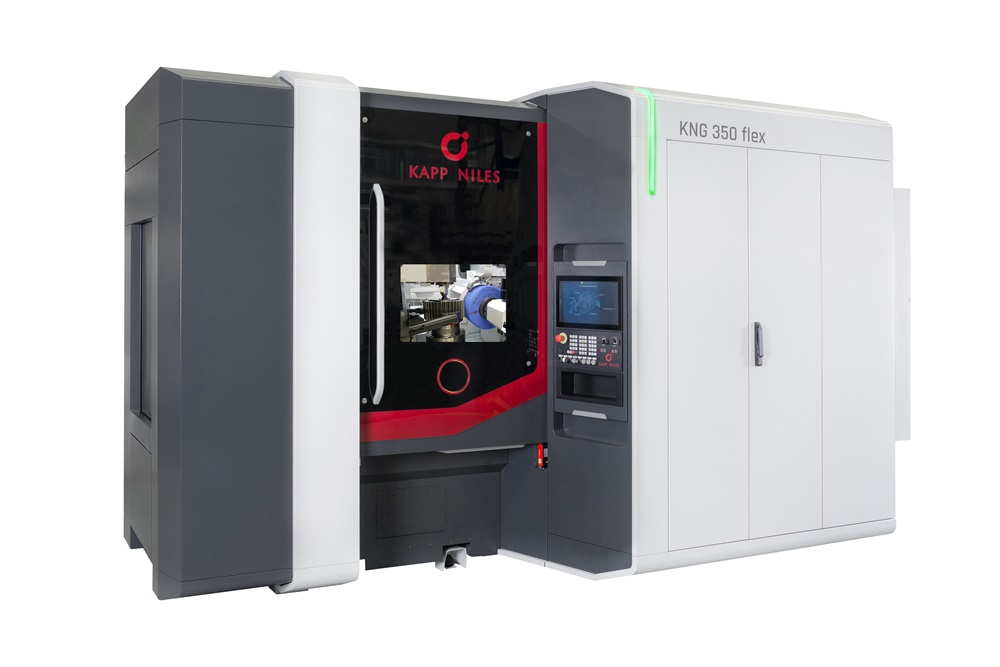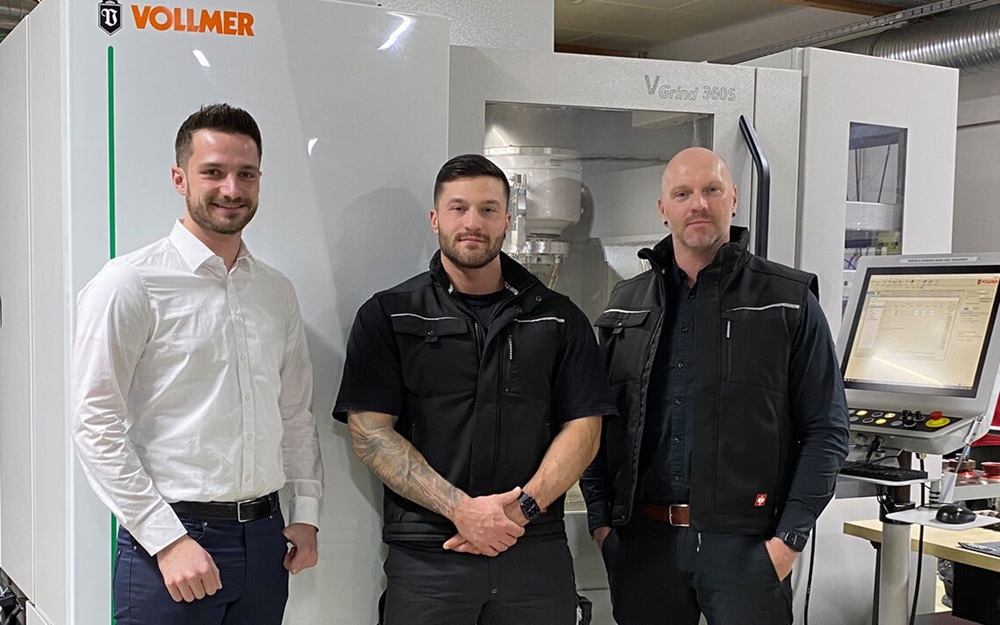Advanex Europe’s latest leap forward in component cleanliness arrived following its purchase of a MecWash MWX400. Advanex has bought three parts washing systems since initially speaking to MecWash at the MACH 2012 exhibition. The upgrades were required to meet capacity increases and the strict cleaning requirements of customers.
“Every machine from MecWash has provided us with a leap forward in efficiency,” states Rob Newham, operations manager at Advanex. “Our MWX400 has made a substantial difference in the volume and speed of parts washing. The previous MecWash machines exceeded our expectations and the MWX400 has done the same.”
The precision engineering firm bought its first MecWash cleaning system, an AVD 300, to replace an ultrasonic tank system. In 2018, Advanex invested in a Duo from MecWash to ensure that increasing levels of demand, and the high standards of cleaning and drying complex machined coiled or pressed medical parts, continued. Since then, the business has grown substantially, thus the need for a continual improvement in cleaning productivity over the past decade.
“The MWX400 is the most advanced of the MecWash machines and, as a long-time customer, it was the best choice to satisfy our high-volume production requirements,” says Newham. “The machine meets and surpasses our needs and more by giving a controlled, validated outcome on each cycle.”
John Pattison, managing director of MecWash, adds: “The sale of the MWX400 and the continued relationship with a loyal customer such as Advanex is further proof of the effectiveness of a MecWash system. Investing in a MecWash machine generates significant benefits for manufacturers, with measurable improvements in cleanliness and productivity.”
More information www.mecwash.com



















